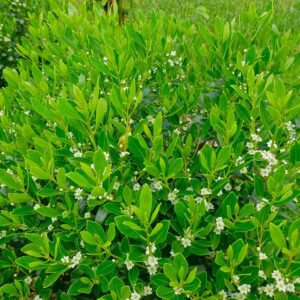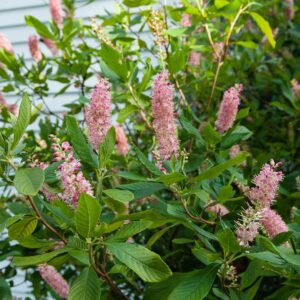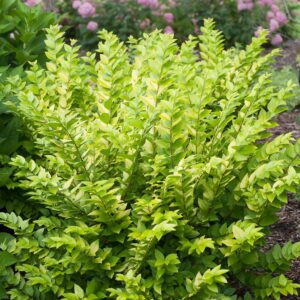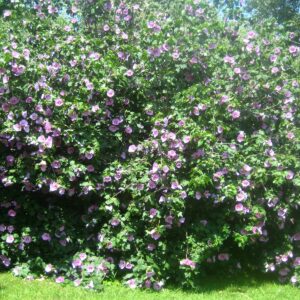Description
Hydrangea Characteristics
Hydrangeas are unique in that the flowers can change color depending on the acidity of the soil. White varieties remain white regardless, but blues become bluer in acidic soils. In more basic soils, flowers can appear soft yellow or pink. Aluminum sulfate make soil more acidic and can make the flowers bluer. Lime can be added to soils to remove acidity and encourage softer pink and yellow colors.
Pruning damaged stems in late winter can encourage new growth in spring. Some varieties are not particularly winter hardy. They should be installed in a sheltered location with plenty of mulch. While unattractive, burlap wraps can help hydrangeas survive harsh winters. If not protected in winter, foliage may die back and blooms may be sparse.
Bud blight, bacterial wilt, leaf spot, and mildew are all possible blights of hydrangeas.
-
USDA Climate Zone
Zones 4 - 9
-
Height
3.00 - 4.00'
-
Spread
3.00 - 4.00'
-
Bloom Time
July - September
-
Water
Medium
-
Sun
Part Shade
-
Maintenance
Low
-
Deer Resistant?
No




